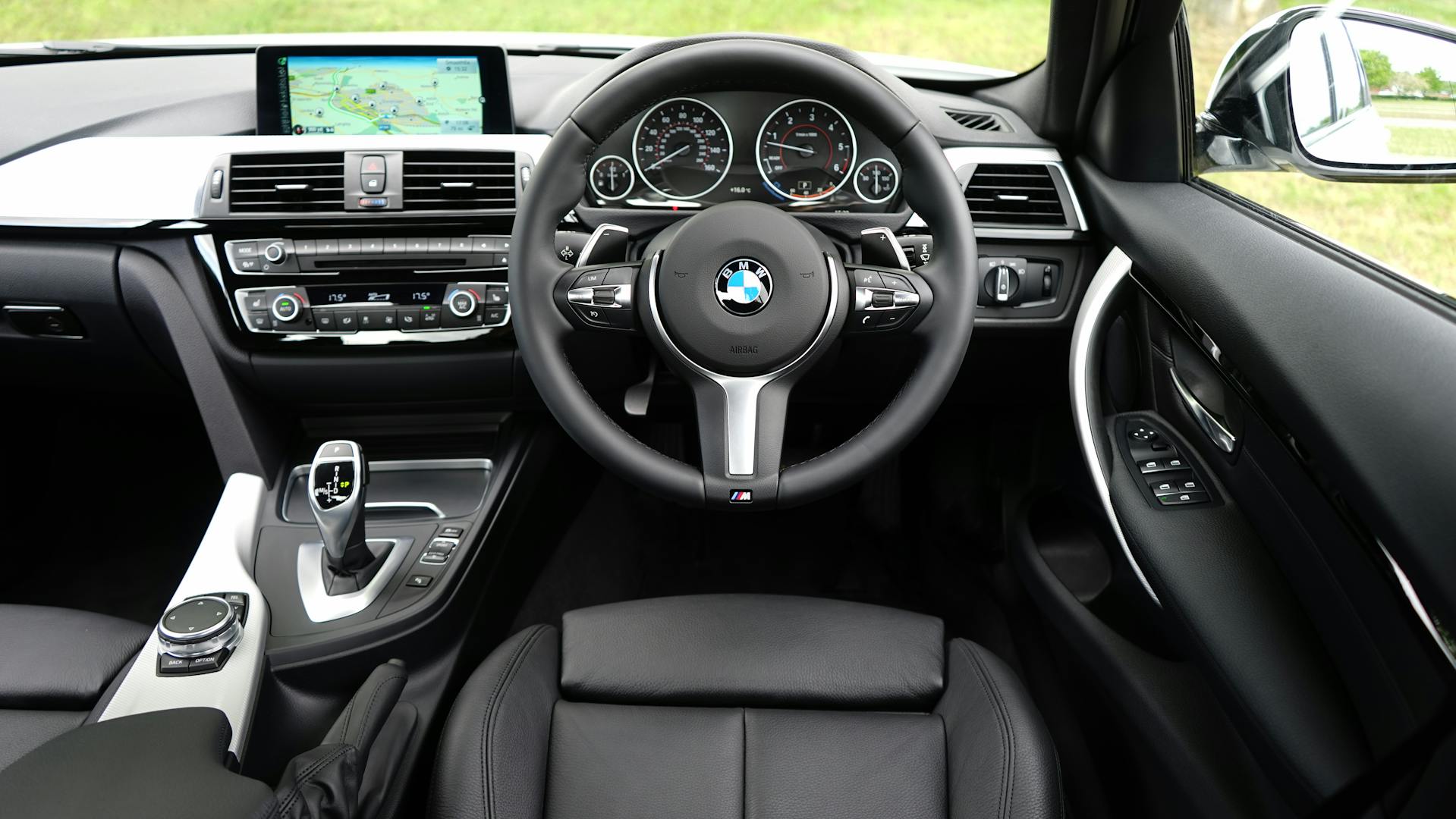More than a century of circular simplicity, and the unassuming steering wheel is undergoing its most revolutionary makeover yet. With electric and self-driving cars transforming the car-making world, engineers are posing a simple question: Does the steering wheel even have a place in its classic guise? The revolution to replace it has already started, and the implications are as intriguing as they are contentious.
Tesla’s Yoke Revolution: Love It or Hate It
Tesla shook the world when it introduced the yoke steering wheel with the Model S Plaid. This plane-inspired design eliminates the traditional round top, providing an unobstructed view of the instrument cluster while purportedly improving aerodynamics and interior space.
The yoke represents more than aesthetic update – it’s a symbolic shift in how we think about vehicle control. Tesla’s approach assumes that most driving will eventually become autonomous, reducing the frequency of manual input. When manual control is required, the yoke offers basic operability while signaling a step toward a less traditional driving interface.
But real-world feedback has been mixed. Sharp turns and low-speed maneuvers, such as parking, highlight the ergonomic benefits of a traditional round wheel. The yoke performs well during steady highway driving, but its awkwardness becomes apparent in urban environments, where precise wheel rotation is frequently needed.
Mercedes’ Retractable Concept: The Disappearing Act
Mercedes-Benz has taken the reinvention concept further with their testing prototype retractable steering wheel designs. In their EQS concept vehicles, the wheel retracts into the dashboard when the autonomous mode is engaged, transforming the driver area into a lounge-style seating area.
This foldable technology is the ultimate expression of autonomous car design philosophy. Why should a steering wheel occupy valuable space when the car itself can drive? The system uses electric motors and precise engineering to change between manual and autonomous modes effortlessly.
The psychological impact is large. When the steering wheel disappears, you actually feel like a passenger and not a driver. Mercedes discovered that the physical shift causes users to believe in autonomous systems sooner than with traditional setups, where the wheel remains but is not being used.
Read More: 10 Things to Know About the Next Generation of EV Batteries: Solid-State, Sodium-Ion, and Beyond
Touchscreen Integration: The Digital Dashboard Revolution
A number of car manufacturers are putting touchscreen technology on the surfaces of steering wheels. BMW’s iX concept features touch-sensitive surfaces that control everything from climate to navigation without requiring you to reach out to dashboard controls.
The smart surfaces use haptic feedback to produce the tactile feedback of the inputs so that you can operate controls without viewing feedback. The technology senses gestures, pressure, and even finger patterns to issue varying commands.
The secret is to find harmony between usability and safety. Excessive touch controls will be distracting for drivers, but insufficient ones will limit the system from being beneficial. Successful installations highlight the most frequent operations while retaining conventional physical controls for key operations.
Read More: 10 Muscle Cars That Made Every Other Car Look Weak
F1-Inspired Control Systems
Formula 1 technology is bleeding into ordinary cars, bringing high-brow control systems found in Lewis Hamilton’s car. These F1-style systems have dozens of configurable buttons, rotary controls, and paddle shifters that allow you to customize your driving experience.
These race-bred interfaces are being added by manufacturers such as McLaren and Ferrari to their production cars. The steering wheels are transformed into command centers where you can adjust suspension, modify throttle response, and even set up aerodynamics without releasing your grip on the wheel.
This approach appeals to enthusiasts who want to reimagine the steering wheel without sacrificing the haptic, mechanical sensation of driving so intensely. All controls have their reasons for being, rather than the guessing game built into touchscreen systems.
Haptic Feedback: Feeling the Future
Advanced haptic feedback systems are transforming the interaction between drivers and steering wheels. Instead of relying on visual or auditory indicators, these systems send information through haptic means directly to the wheel.
When lane departure systems activate, you feel gentle vibrations in the right direction. Emergency braking situations evoke strong haptic pulses to grab your attention quicker than visual indicators. Some even generate simulated road texture, so you can “feel” different surface conditions through the steering wheel.
This technology becomes priceless as we head towards autonomous vehicles. Even if the car is driving itself, haptic feedback makes you aware of the car’s decision-making process, instilling trust and maintaining situational awareness.
The Autonomous Dilemma
The biggest challenge to pursuing the redesign of the steering wheel is the middle stage between autonomous and human mode. Current technology requires human intervention, so steering wheels must remain functional while accommodating future-oriented features.
This has led to hybrid solutions that attempt to address both requirements. Some firms are designing modular systems where steering-wheel parts can be swapped based on driving mode. Others focus on smooth swapping between manual and autonomous configurations.
What’s Next: Beyond the Steering Wheel
In the future, there are already some companies asking if we even need steering wheels. Joystick, hand or gesture recognition, and even mind-controlled inputs are being researched as a substitute for the conventional steering system.
The race to reinvent the steering wheel is a symptom of bigger questions about human-machine interface in automobiles. As automobiles are becoming computers with wheels, human-machine interfaces must also evolve accordingly. Whether that evolution enhances the quality of driving or brings in the complexity for nothing is to be seen.
Read More: 7 Ways Augmented Reality (AR) Windshields Will Change Driving Forever


